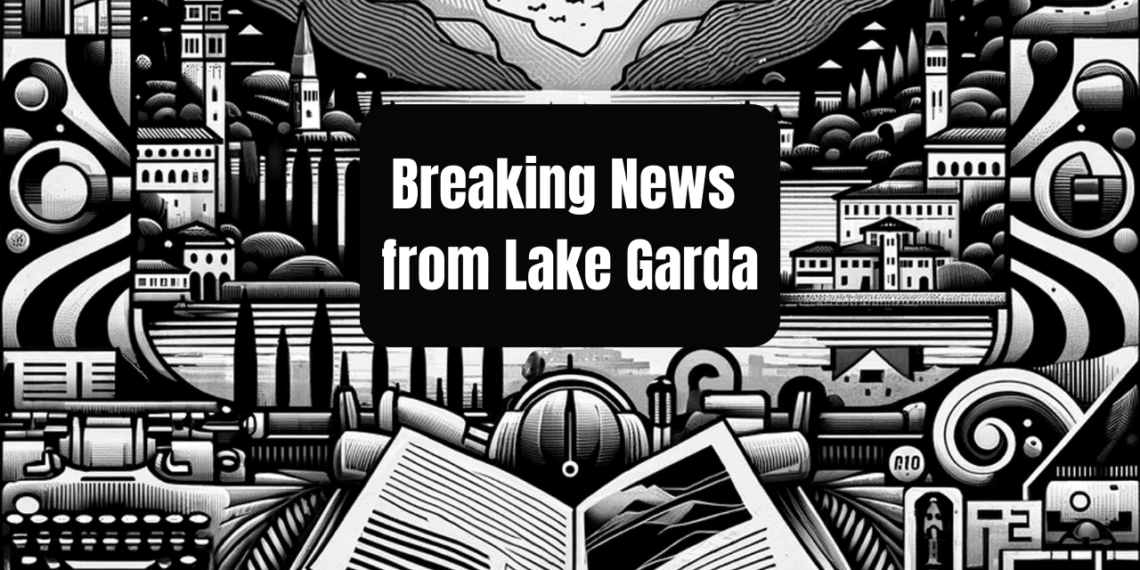The European Parliament has recently adopted a law that raises the bar for air quality in Europe. This new policy calls for a periodic review of air quality, set for December 31, 2030, and subsequently every five years or more frequently, if new scientific evidence emerges.
The directive establishes stricter limits and targets for 2030 regarding pollutants such as particulate matter (PM2.5, PM10), nitrogen dioxide (NO2), and sulfur dioxide (SO2), which have serious implications for human health. In particular, the annual concentration limits for PM2.5 and NO2 will be reduced from 25 μg/m3 to 10 μg/m3 and from 40 μg/m3 to 20 μg/m3, respectively.
The directive also calls for clear, comparable, and publicly available air quality indices, as well as the establishment of more air quality sampling points in cities. In case of violation of national air quality standards, individuals affected by air pollution will have the opportunity to take legal action and receive compensation if their health has been harmed.
This news is particularly relevant for Lombardy, a region in Northern Italy that, along with others, had tried to block the update of the European directive on air quality. According to Barbara Meggetto, president of Legambiente Lombardia, to improve air quality in the region, an integrated approach is needed, including infrastructural choices, improved public transportation, a more sustainable lifestyle for citizens, and a solution to the problems of urban congestion and emissions caused by intensive farming.
The law still needs to be formally adopted by the Council and published in the Official Journal of the EU before it can take effect. EU member states will then have two years to implement the new rules. This is an important step towards better air quality in Europe and particularly in the Lombardy region.
Italian Version


